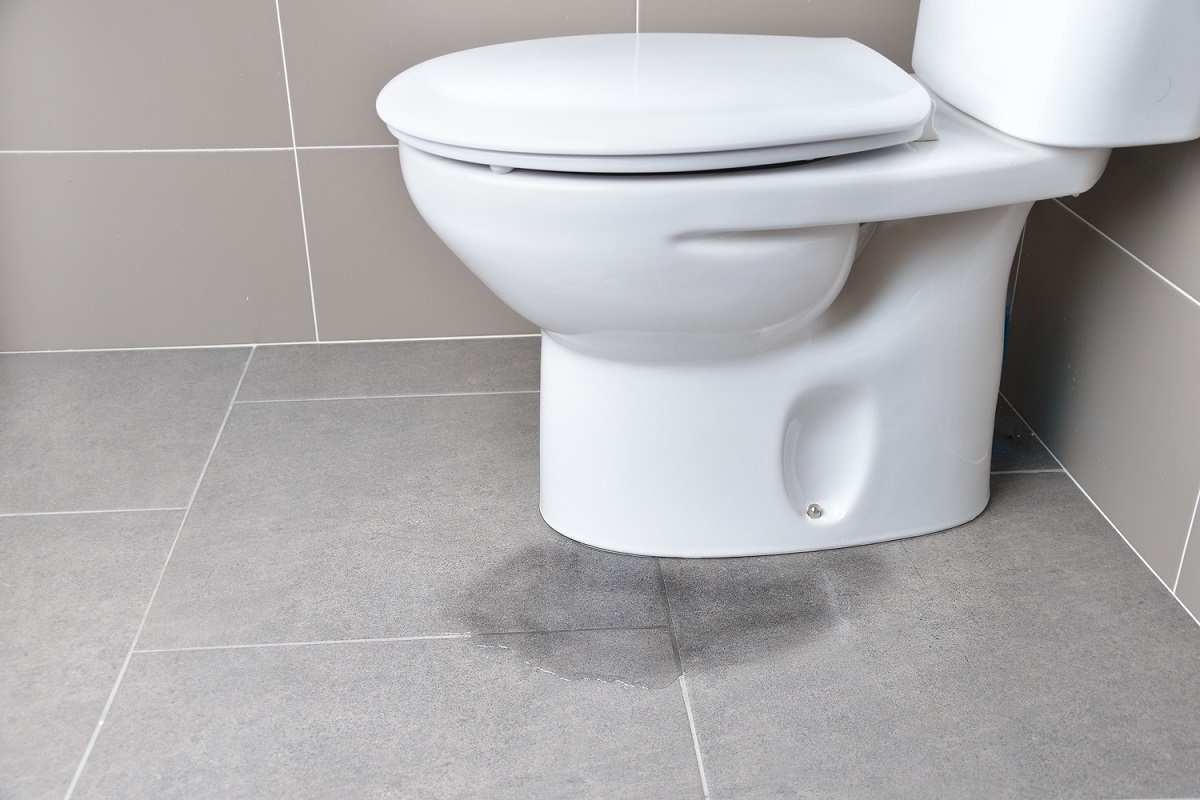

Articles
How To Protect Bathroom Floor From Urine
Modified: October 20, 2024
Learn effective techniques and preventive measures with our informative articles on how to safeguard your bathroom floor from urine stains and damage.
(Many of the links in this article redirect to a specific reviewed product. Your purchase of these products through affiliate links helps to generate commission for Storables.com, at no extra cost. Learn more)
Introduction
The bathroom is one of the most essential and frequently used areas in any home. However, it is also a place that can be vulnerable to damage, especially when it comes to the bathroom floor. One common issue that many homeowners face is urine damage to the bathroom floor. Whether it’s from potty-training accidents, uncontrolled urine flow, or inadequate cleaning practices, urine can cause discoloration, odors, and even structural damage to your bathroom flooring.
Protecting your bathroom floor from urine damage is crucial not only for maintaining its appearance but also for ensuring its longevity. By taking the necessary preventative measures, you can avoid costly repairs or replacements in the future.
In this article, we will discuss the importance of protecting your bathroom floor from urine, examine the causes of urine damage, and provide practical tips on how to prevent and mitigate this issue. Whether you are planning a bathroom renovation or simply looking for ways to maintain your current flooring, this article will guide you in safeguarding your bathroom floor from urine damage.
Key Takeaways:
- Protecting your bathroom floor from urine damage is crucial for hygiene, aesthetics, and longevity. Choose the right flooring, apply waterproofing solutions, and establish proper bathroom etiquette to safeguard your floor effectively.
- Selecting urine-resistant flooring, using mats and rugs strategically, and promoting good bathroom habits are key to preventing urine damage. Regular cleaning and maintenance practices will ensure a clean, hygienic, and visually appealing bathroom environment.
Read more: How To Remove Dog Urine Smell From Floor
The Importance of Protecting Your Bathroom Floor from Urine
Urine damage to the bathroom floor is not only unsightly but can also lead to various problems that can affect your health, hygiene, and overall well-being. Here are some key reasons why protecting your bathroom floor from urine is important:
- Hygiene: Urine contains bacteria and other microorganisms that can thrive on surfaces, leading to unpleasant odors and potentially causing infections or diseases. By protecting your bathroom floor from urine, you can maintain higher levels of hygiene and reduce the risk of exposure to harmful pathogens.
- Damage Prevention: Urine can cause significant damage to different types of flooring materials. Wood, laminate, and linoleum floors are particularly susceptible to urine stains and warping, while tile and grout can become discolored and develop mold or mildew growth if not properly protected. Taking preventative measures will help extend the lifespan of your bathroom floor and prevent costly repairs or replacements.
- Improved Aesthetics: When urine seeps into bathroom flooring, it can leave unsightly stains that are difficult to remove. These stains can make your bathroom appear dirty and neglected, impacting its overall aesthetic appeal. By protecting your floor from urine damage, you can maintain a clean and visually pleasing bathroom environment.
- Odor Control: Urine has a strong and persistent odor that can permeate throughout your bathroom if not properly addressed. This can create an unpleasant and unwelcoming environment for both residents and guests. Protecting your floor from urine damage helps prevent the absorption of odors, keeping your bathroom smelling fresh and clean.
- Resale Value: A well-maintained bathroom is an attractive feature for potential homebuyers. By protecting your bathroom floor from urine damage, you are safeguarding your investment and ensuring that your home retains its value in the real estate market.
Considering these factors, it is evident that protecting your bathroom floor from urine is not only essential for health and cleanliness but also for the longevity and visual appeal of your bathroom. Now that we understand the importance, let’s delve into the causes of urine damage to bathroom floors and how to mitigate them.
Understanding the Causes of Urine Damage to Bathroom Floors
Urine damage to bathroom floors can occur due to various factors. It is important to understand these causes to effectively prevent and address the issue. Here are some common reasons why urine can damage bathroom floors:
- Accidental spills: One of the primary causes of urine damage in bathrooms is accidental spills. Whether it’s due to potty-training accidents, urinary incontinence, or simply a lack of aim, urine can find its way onto the floor. If left unattended, the urine can seep into the flooring material, leading to discoloration, staining, and odors.
- Inadequate cleaning: Improper or infrequent cleaning can contribute to urine damage on bathroom floors. If urine is not promptly and thoroughly cleaned, it can penetrate the flooring material, especially if it is porous. Over time, the accumulation of urine residue can result in stubborn stains, foul odors, and even deterioration of the floor’s surface.
- Unsealed surfaces: Bathroom floors that are not properly sealed or waterproofed are more susceptible to urine damage. Urine can seep through cracks, gaps, or unsealed grout lines, leading to staining, mold growth, and weakening of the floor structure.
- Wicking: Wicking occurs when urine seeps into the edges of flooring, such as baseboards or under the toilet, causing the urine to spread and damage the surrounding areas. This can happen when the flooring material is not properly installed or when there are gaps or openings between the flooring and the walls or fixtures.
- High humidity: Bathrooms are typically humid environments, and high humidity levels can exacerbate urine damage on the floor. Moisture in the air can interact with the urine, intensifying the odors and potentially leading to mold or mildew growth if the floor is not adequately ventilated or waterproofed.
By understanding these causes, you can take proactive steps to prevent urine damage to your bathroom floor. In the next sections, we will explore the best flooring materials for bathrooms, waterproofing solutions, and other measures to protect your floor effectively.
Choosing the Right Flooring Material for Your Bathroom
When it comes to protecting your bathroom floor from urine damage, selecting the right flooring material is crucial. Not all types of flooring are suitable for the humid and potentially urine-prone environment of a bathroom. Here are some options to consider:
- Ceramic or Porcelain Tile: Tile is a popular choice for bathrooms due to its durability, water resistance, and ease of maintenance. It is impervious to urine and stains and can be easily cleaned. Opt for non-porous tiles with a glazed finish to enhance protection against moisture and urine absorption.
- Vinyl: Vinyl flooring offers excellent water resistance and is an affordable option for bathroom floors. It comes in various styles and can mimic the look of tile or hardwood. Choose vinyl with a waterproof core or a tight, non-porous wear layer for optimal protection against urine damage.
- Stone: Natural stone, such as marble or granite, can add a touch of elegance to your bathroom. While these materials are durable and resistant to water, they may require regular sealing to prevent urine absorption. Be sure to choose stones with low porosity to minimize the risk of staining or discoloration.
- Laminate: Laminate flooring is a cost-effective alternative to hardwood and offers good water resistance. However, it should be installed with caution in bathrooms to prevent urine from seeping into the seams. Consider using a moisture-resistant underlayment and sealing the edges to enhance protection.
- Engineered Hardwood: Engineered hardwood is designed to withstand moisture better than traditional solid wood flooring. It consists of a real wood veneer bonded to several layers of plywood, making it more resistant to water and urine damage. However, it is important to clean up any urine spills promptly to prevent penetration and staining.
When choosing a flooring material for your bathroom, consider factors such as water resistance, ease of cleaning, and durability. It is also advisable to consult with flooring professionals to ensure you select the most suitable option for your specific needs and budget.
Once you have chosen the right flooring material, it is essential to take additional steps to protect your bathroom floor from urine damage. This can be achieved through the application of waterproofing solutions, the use of mats and rugs, establishing proper bathroom etiquette, and implementing regular cleaning and maintenance practices, which we will explore in the next sections.
Applying Waterproofing Solutions to Your Bathroom Floor
One effective way to protect your bathroom floor from urine damage is by applying waterproofing solutions. These solutions create a barrier that prevents urine from seeping into the flooring material. Here are some popular waterproofing options to consider:
- Epoxy Coating: Epoxy coating is a durable and long-lasting solution for waterproofing bathroom floors. It creates a seamless and impermeable surface that resists water and urine penetration. Applying an epoxy coating not only protects your floor but also adds a stylish and glossy finish.
- Sealant or Grout Sealer: Properly sealing the grout lines between tiles is essential for preventing urine and moisture infiltration. Grout sealer forms a protective barrier, making it easier to clean and maintain. Be sure to choose a sealer specifically designed for bathroom use.
- Waterproof Membrane: A waterproofing membrane is a thin layer that is applied over the existing floor before installing the new flooring material. It provides an extra layer of protection against urine and moisture. Consult a professional to ensure proper application and compatibility with your chosen flooring material.
- Vinyl Waterproofing: If you have selected vinyl flooring, consider using a vinyl waterproofing membrane. This self-adhesive, thin layer is applied beneath the vinyl tiles or planks to provide an additional barrier against water and urine penetration.
- Silicone Caulking: Applying silicone caulk around the base of the toilet, bathtub, and other areas vulnerable to urine spills can help prevent seepage. Ensure that the caulk is in good condition and reapply it when necessary to maintain an effective seal.
Before applying any waterproofing solution, it is crucial to properly clean and prepare the bathroom floor. Remove any traces of urine, dirt, or grime before applying the product. Follow the manufacturer’s instructions for application and curing time to ensure the best results.
Remember that while waterproofing solutions can provide added protection, they are not foolproof. Promptly clean up any urine spills and avoid leaving wet bath mats or towels on the floor, as they can trap moisture and undermine the effectiveness of the waterproofing measures.
By applying waterproofing solutions, you can significantly reduce the risk of urine damage to your bathroom floor. However, using mats and rugs in strategic areas of your bathroom can provide an additional layer of protection. We will explore this in the next section.
Place a waterproof mat or rug around the base of the toilet to catch any urine splatter and protect the bathroom floor. Make sure to clean and replace the mat regularly to maintain hygiene.
Using Mats and Rugs to Protect Your Bathroom Floor
Adding mats and rugs to your bathroom is not only a great way to enhance its aesthetic appeal but also to protect your floor from urine damage. Here’s how mats and rugs can help:
- Absorbing Urine: Place a mat or rug near the toilet area to absorb any urine spills. Opt for mats or rugs with a waterproof or water-resistant backing to prevent urine from seeping through to the floor. This will help maintain the cleanliness of your bathroom floor and minimize the risk of staining or odor buildup.
- Preventing Slips and Falls: Bathroom floors can become slippery when wet, increasing the risk of accidents. Placing a non-slip mat or rug in highly trafficked areas, such as in front of the bathtub or shower, can provide traction and help prevent slips and falls. Look for mats or rugs with a non-slip rubber backing for added safety.
- Protecting High-Moisture Areas: Areas prone to frequent moisture exposure, such as in front of the sink or bathtub, can benefit from the protection of mats or rugs. They act as a barrier, preventing water and urine from directly contacting the floor surface. This is particularly important for natural stone or wood flooring, which can be more sensitive to moisture damage.
- Enhancing Cleaning Ease: Mats and rugs are easily removable and washable, making them simple to clean and maintain. Regularly washing or vacuuming your mats and rugs will help eliminate any urine residue or odor, ensuring a hygienic bathroom environment.
- Adding Style and Comfort: Apart from their practical benefits, mats and rugs can add style and comfort to your bathroom. Explore various colors, patterns, and textures to find the perfect match for your bathroom decor. Consider using layered mats to create a cozy and inviting atmosphere.
When selecting mats or rugs for your bathroom, ensure that they are designed for high-moisture areas. Look for materials that are easy to clean and resistant to mold or mildew growth. Additionally, regularly check and replace mats or rugs that show signs of wear or deterioration to maintain their effectiveness in protecting your bathroom floor.
While mats and rugs offer an extra layer of protection, it’s essential to establish proper bathroom etiquette to prevent urine damage. We will cover this topic in the next section.
Establishing Proper Bathroom Etiquette to Prevent Urine Damage
Implementing proper bathroom etiquette is essential for preventing urine damage to your bathroom floor. By establishing clear guidelines and encouraging good habits, you can minimize the risk of accidents and maintain the cleanliness of your bathroom. Here are some tips to promote proper bathroom etiquette:
- Aim and Flush: Encourage everyone to aim properly and ensure that urine goes into the toilet bowl. Remind family members or guests to flush the toilet after use to prevent any residual urine from sitting on the bowl or splashing onto the floor.
- Provide Adequate Lighting: Adequate lighting in the bathroom can help improve aim and minimize accidents. Make sure the bathroom is well-lit, especially during nighttime or early morning use.
- Use a Step Stool for Children: If you have young children, place a sturdy step stool next to the toilet to help them reach comfortably and maintain better control during bathroom visits. This can help reduce accidental urine spills on the floor.
- Closing the Toilet Lid: Encourage everyone to close the toilet lid after use. This simple act can prevent pets or curious children from accidentally falling in and also minimize the spread of germs and odors throughout the bathroom.
- Encourage Regular Cleaning: Promote the habit of regularly cleaning the bathroom, especially the toilet area. Encourage family members or housemates to wipe down surfaces, clean up any spills promptly, and disinfect the toilet bowl and surrounding areas regularly.
- Provide Cleaning Supplies: Keep cleaning supplies easily accessible in the bathroom. Provide disinfectant wipes, toilet bowl cleaner, and a toilet brush so that anyone using the bathroom can quickly clean up after themselves if needed.
By establishing and promoting these bathroom etiquette practices, you are fostering a clean and respectful environment that minimizes the risk of urine damage to your bathroom floor. Additionally, regular cleaning and maintenance are vital to ensure the longevity of your floor. Let’s explore some cleaning and maintenance tips in the next section.
Regular Cleaning and Maintenance Tips for Your Bathroom Floor
To protect your bathroom floor from urine damage and maintain its appearance and functionality, it is important to establish a regular cleaning and maintenance routine. Here are some tips to keep your bathroom floor clean and in good condition:
- Wipe up Spills Promptly: Accidents happen, and when urine spills occur, it is crucial to clean them up promptly to prevent the urine from seeping into the floor. Use absorbent paper towels or a clean cloth to wipe up the spill, and then disinfect the area with a bathroom cleaner or a mix of water and vinegar.
- Regular Sweeping or Vacuuming: Remove loose dirt, hair, and debris from your bathroom floor by sweeping or vacuuming regularly. This helps prevent scratches and keeps the floor looking clean. Use a soft-bristle broom or a vacuum cleaner with a hard floor setting to avoid damaging the flooring material.
- Mop with Proper Cleaning Solution: Depending on your flooring material, choose a suitable cleaning solution for mopping your bathroom floor. Avoid using harsh or abrasive cleaners that can damage the surface. Instead, opt for pH-neutral or manufacturer-recommended cleaners. Dilute the cleaner according to instructions and mop the floor, making sure not to saturate the surface with excessive moisture.
- Frequent Grout Cleaning: Grout lines can be prone to discoloration and buildup of dirt or urine residue. Regularly clean the grout by using a grout cleaner or a mixture of baking soda and water. Scrub gently with a grout brush or an old toothbrush to remove any stains or buildup. Rinse well to remove any cleaning residue.
- Preventive Measures: Place mats or rugs in high-traffic areas and near the toilet to prevent urine spills from directly contacting the floor. Regularly clean and dry these mats to prevent the accumulation of moisture and odors. Additionally, use a mat or tray beneath pet bowls or any other potential sources of water or urine splashes.
- Inspect and Repair: Regularly inspect your bathroom floor for any signs of damage, including cracks, loose tiles, or worn-out grout. Address any issues promptly to prevent urine or moisture from seeping into the underlying layers or causing further damage. Consult a professional if extensive repairs or replacements are needed.
By incorporating these cleaning and maintenance practices into your routine, you can effectively protect your bathroom floor from urine damage and ensure its longevity. Regular care will not only keep your bathroom clean and hygienic but also enhance its aesthetic appeal.
Before we conclude, let’s summarize the key points discussed in this article.
Conclusion
Protecting your bathroom floor from urine damage is essential for maintaining its cleanliness, hygiene, and longevity. By understanding the causes of urine damage, choosing the right flooring material, applying waterproofing solutions, using mats and rugs, establishing proper bathroom etiquette, and implementing regular cleaning and maintenance practices, you can prevent and mitigate urine damage effectively.
Start by selecting a flooring material that is resistant to urine and moisture, such as ceramic tile, vinyl, or engineered hardwood. Apply waterproofing solutions to create a barrier against urine seepage and protect your floor from stains, discoloration, and structural damage. Utilize mats and rugs strategically to absorb urine spills, enhance safety, and add a touch of style to your bathroom.
Promote proper bathroom etiquette, including aiming and flushing properly, closing the toilet lid, and cleaning up after use. Encourage regular cleaning and maintenance, such as wiping up spills promptly, sweeping or vacuuming regularly, mopping with appropriate cleaning solutions, and taking care of grout lines.
Remember to regularly inspect your bathroom floor for any signs of damage and address them promptly to prevent urine or moisture from causing further harm. Implementing these practical tips and habits will not only protect your bathroom floor from urine damage but also contribute to a clean, hygienic, and visually appealing bathroom environment.
By taking the necessary precautions and following these guidelines, you can enjoy a well-maintained bathroom floor that withstands the test of time and continues to be a functional and inviting space in your home.
Now that you have the knowledge and strategies to protect your bathroom floor from urine damage, it’s time to put them into action. Take care of your bathroom floor, and enjoy a fresh, clean, and well-kept bathroom for years to come.
Frequently Asked Questions about How To Protect Bathroom Floor From Urine
Was this page helpful?
At Storables.com, we guarantee accurate and reliable information. Our content, validated by Expert Board Contributors, is crafted following stringent Editorial Policies. We're committed to providing you with well-researched, expert-backed insights for all your informational needs.
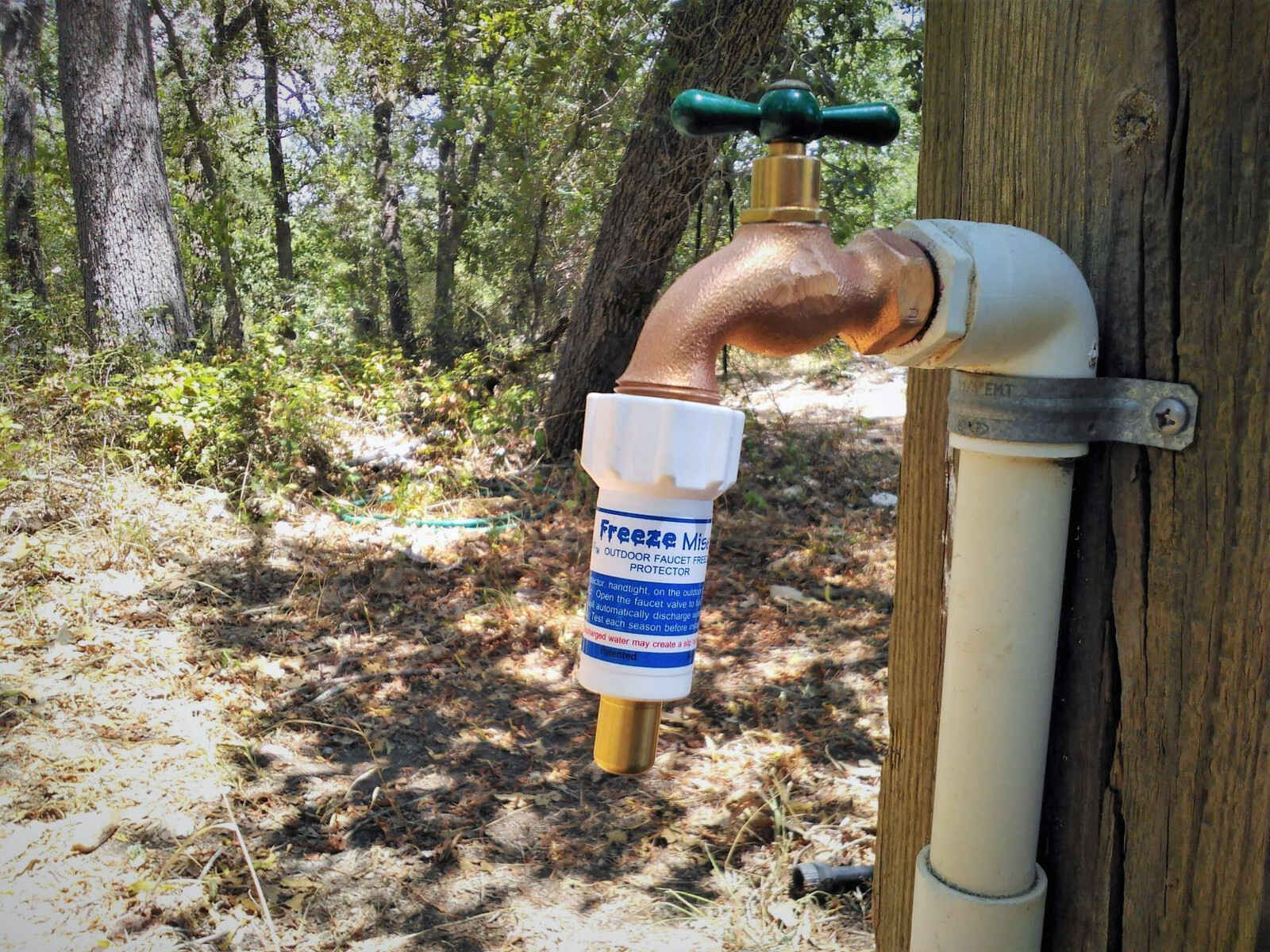

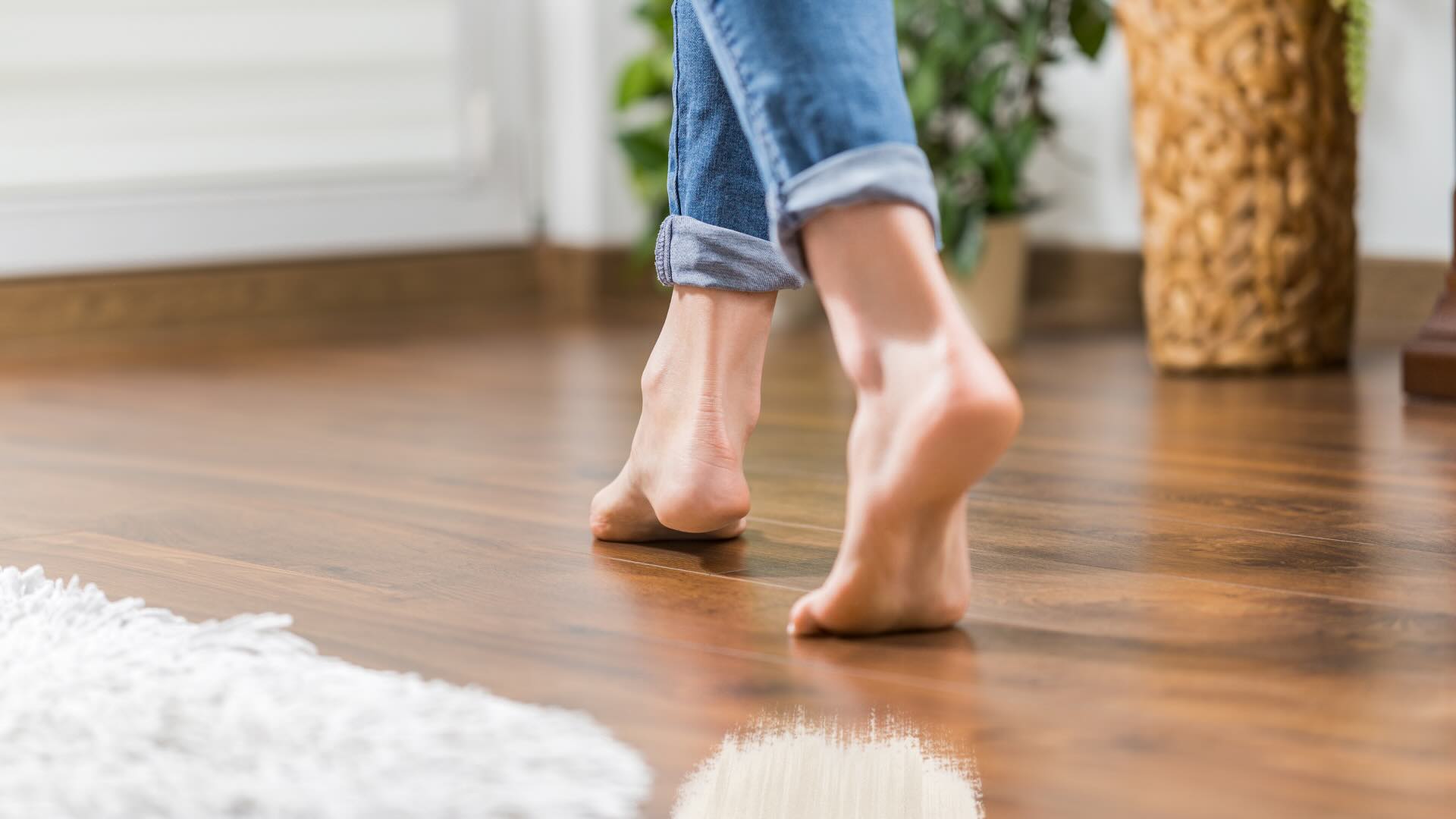

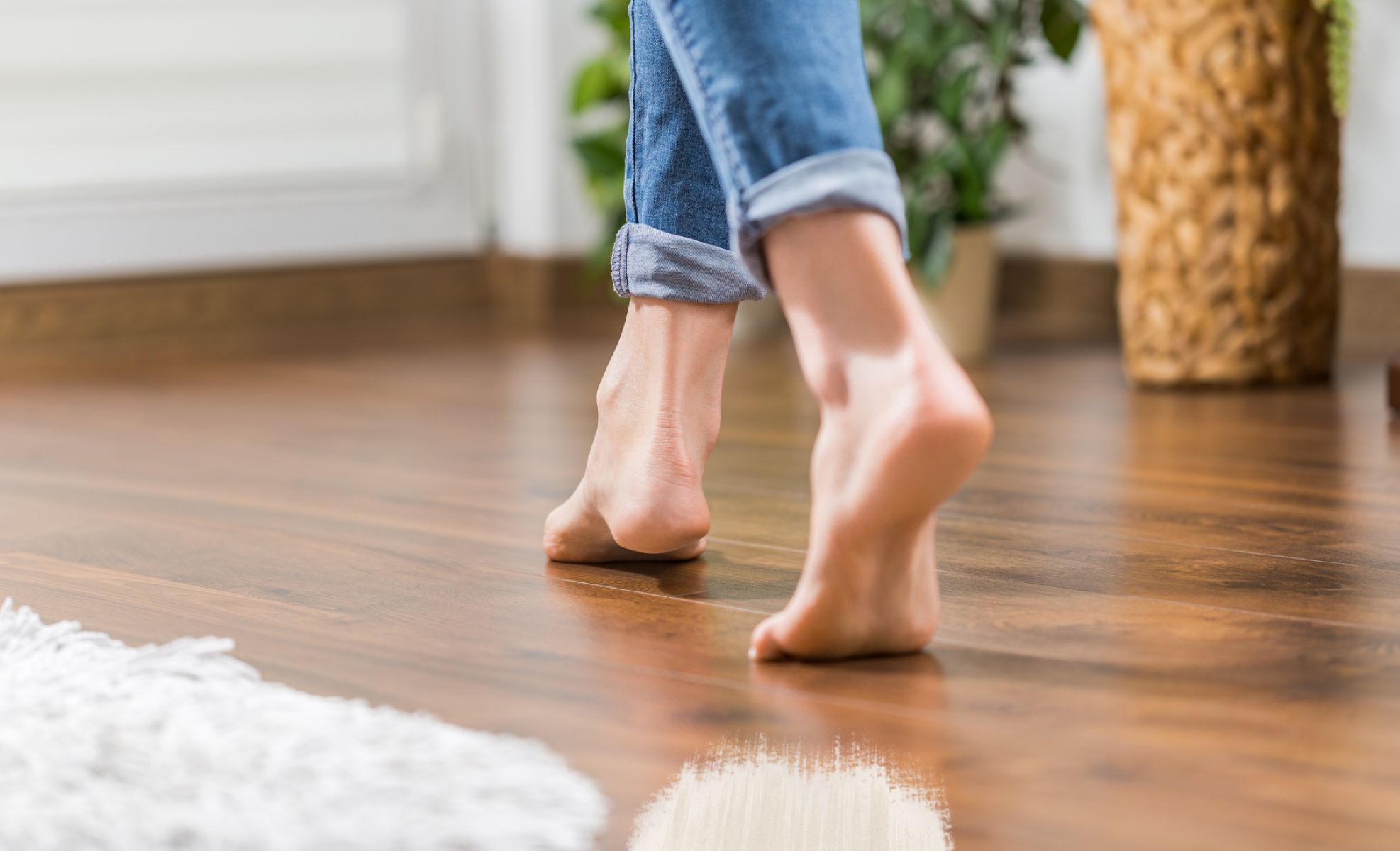
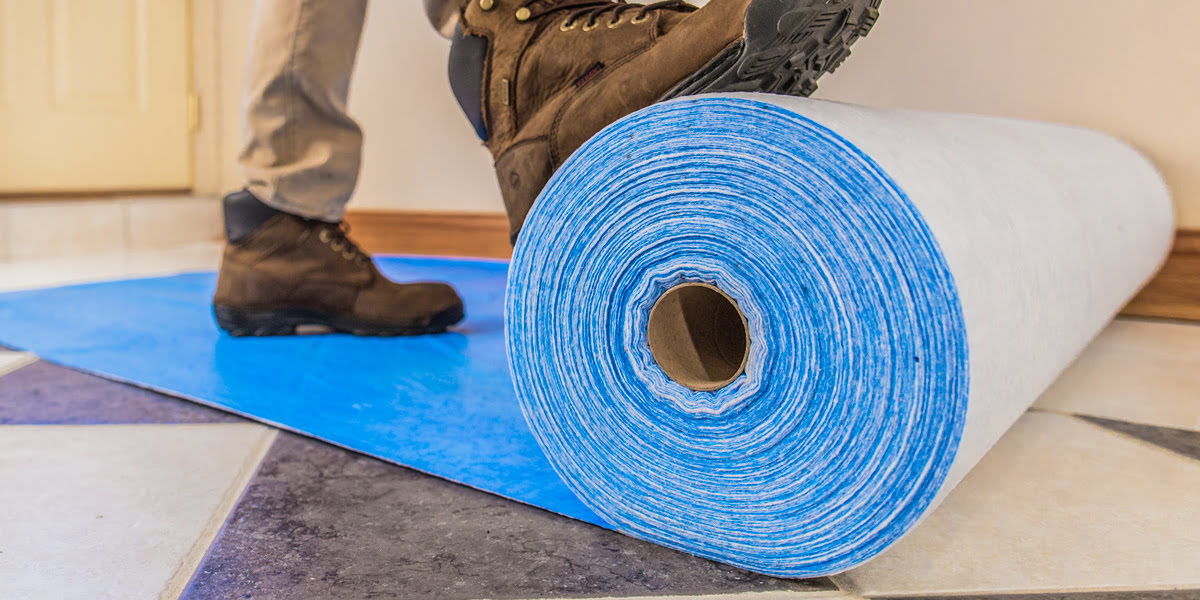
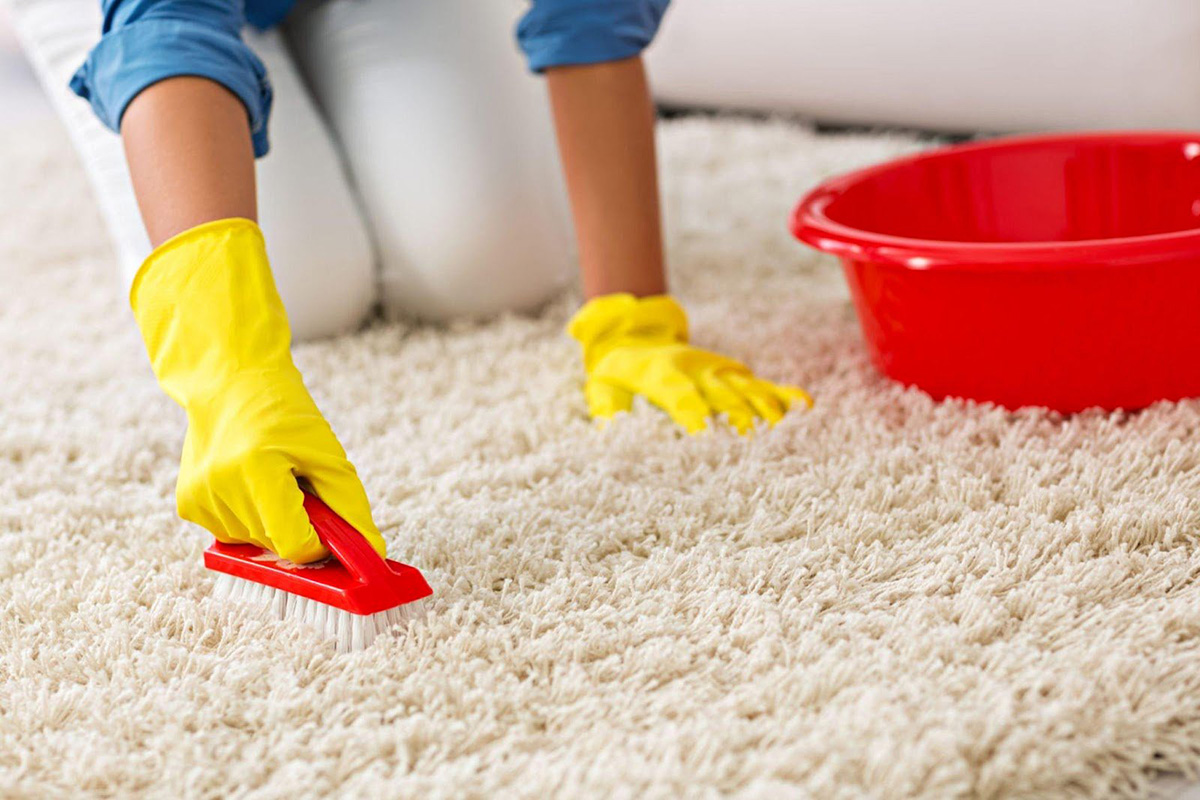
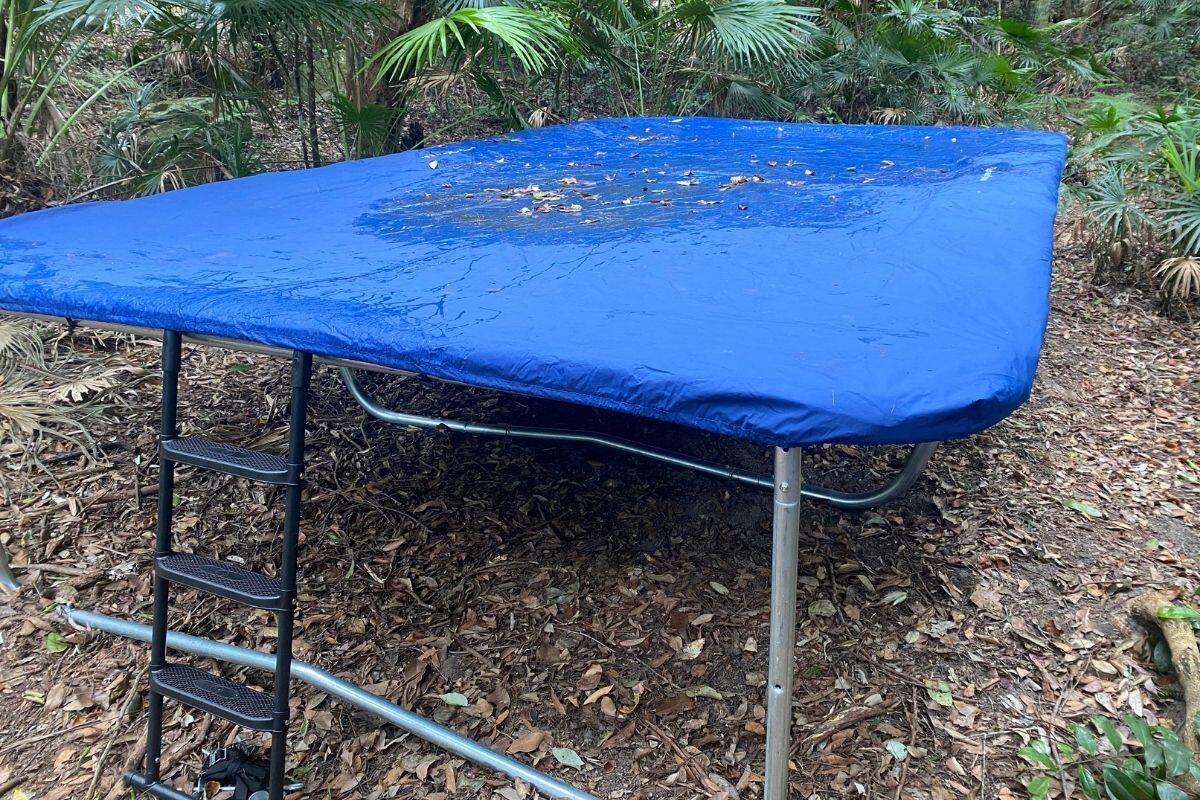
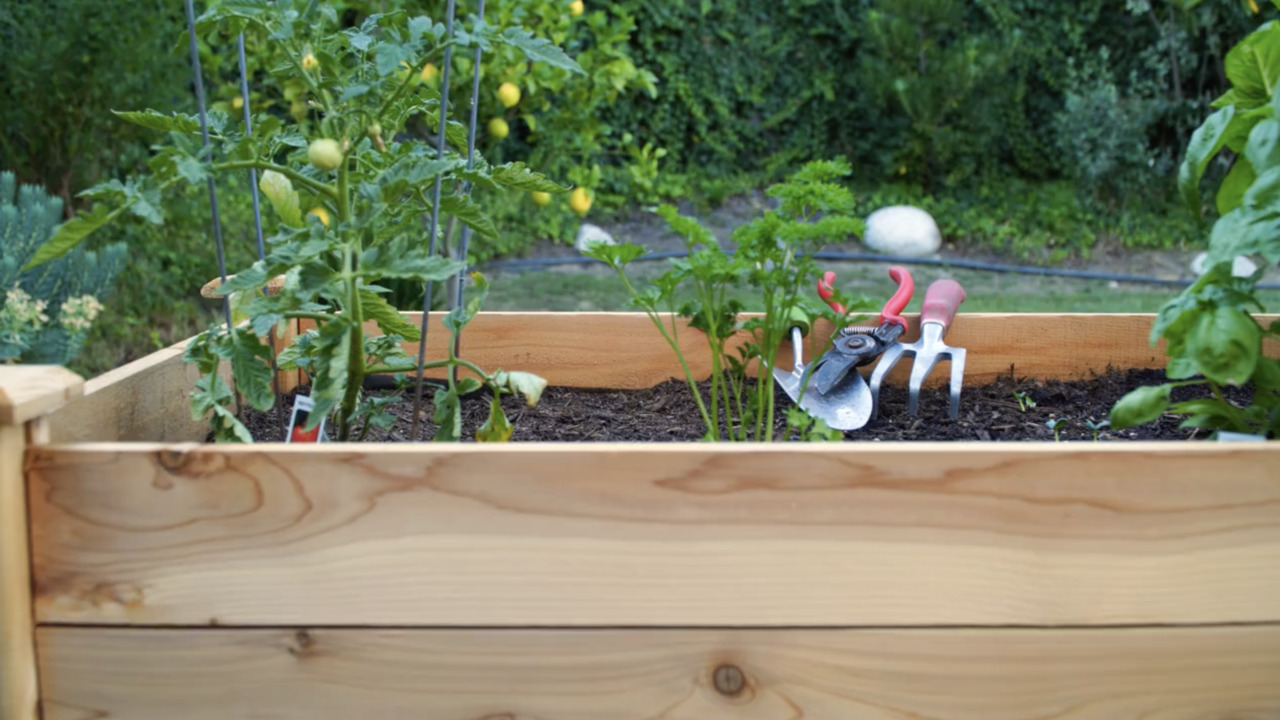
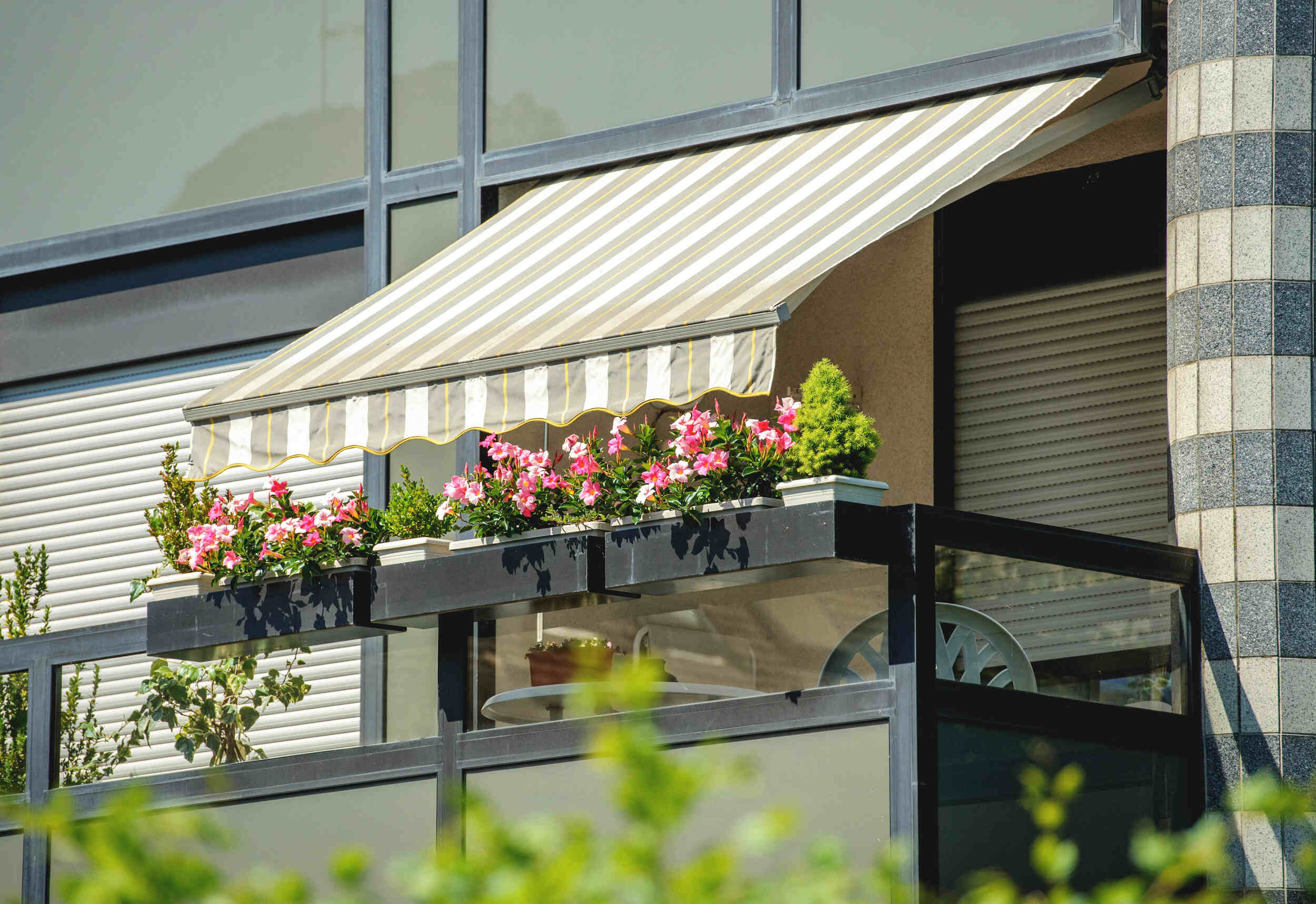
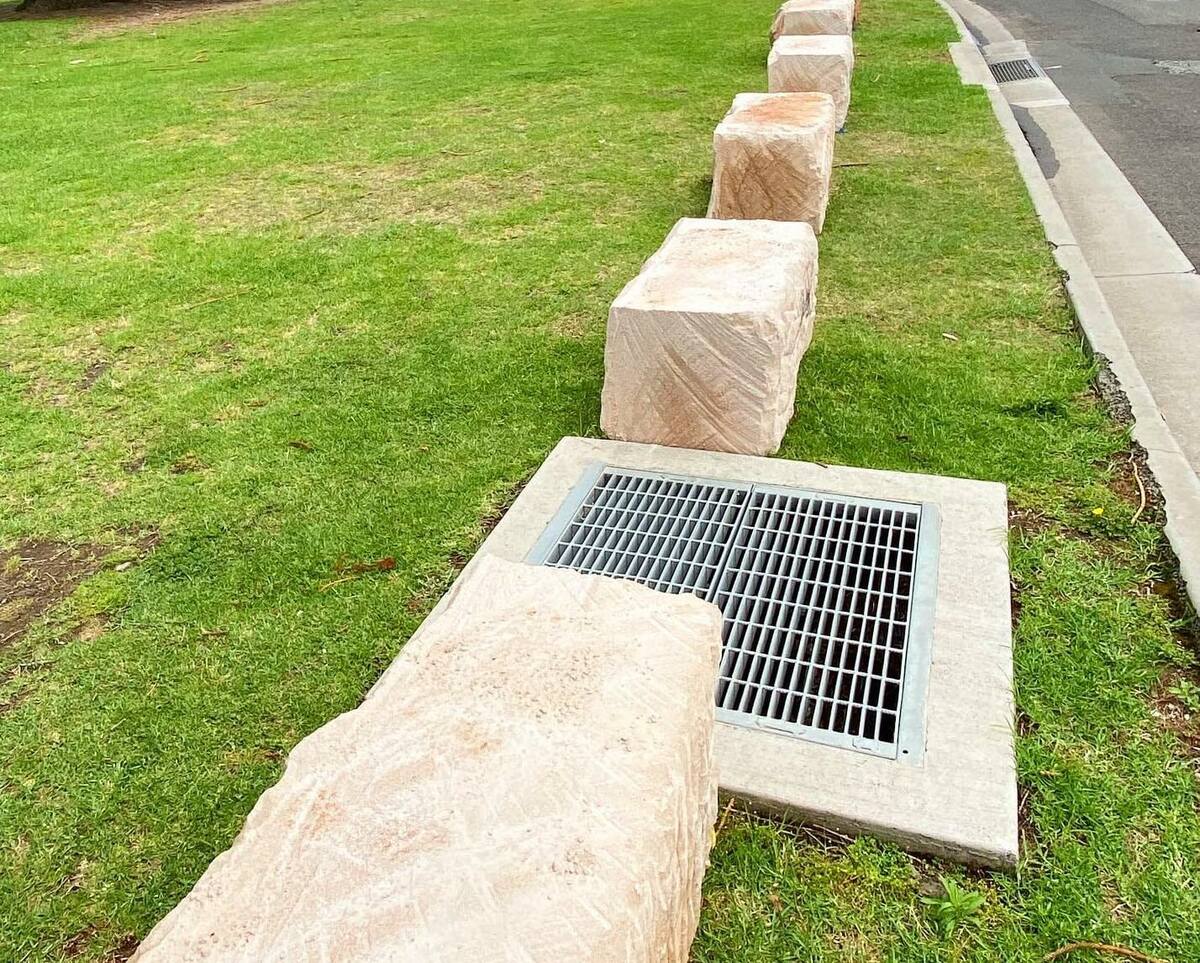
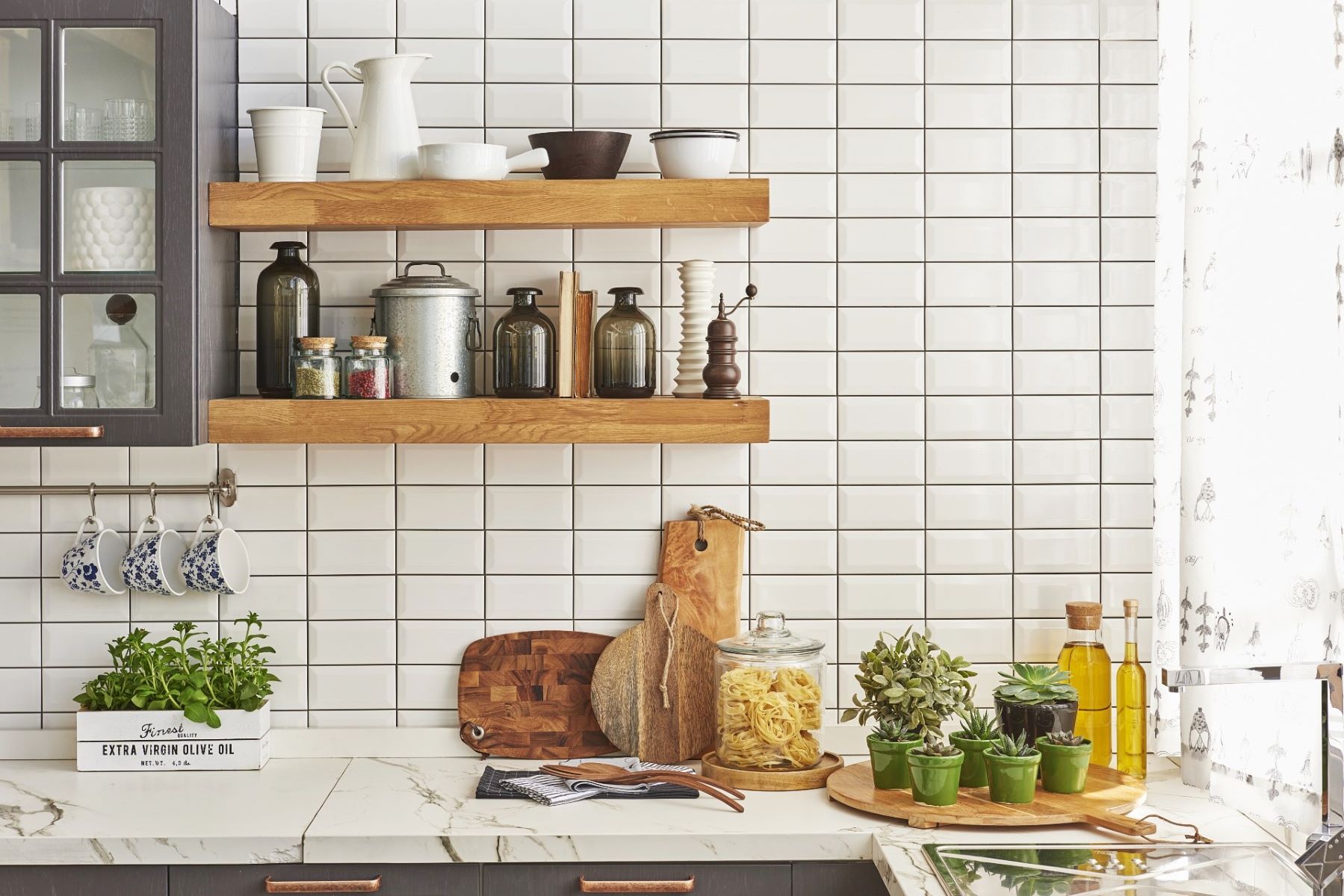
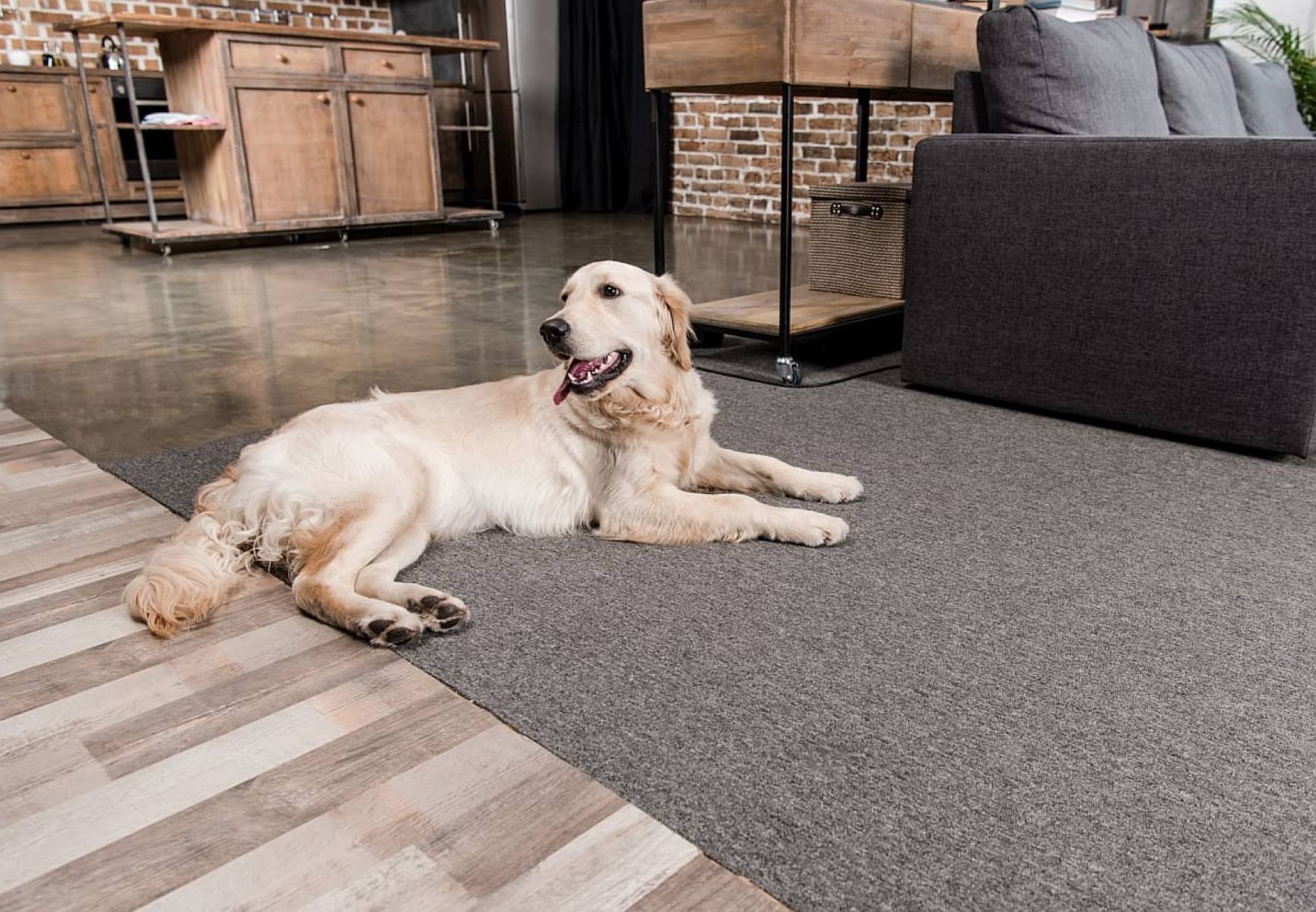


0 thoughts on “How To Protect Bathroom Floor From Urine”